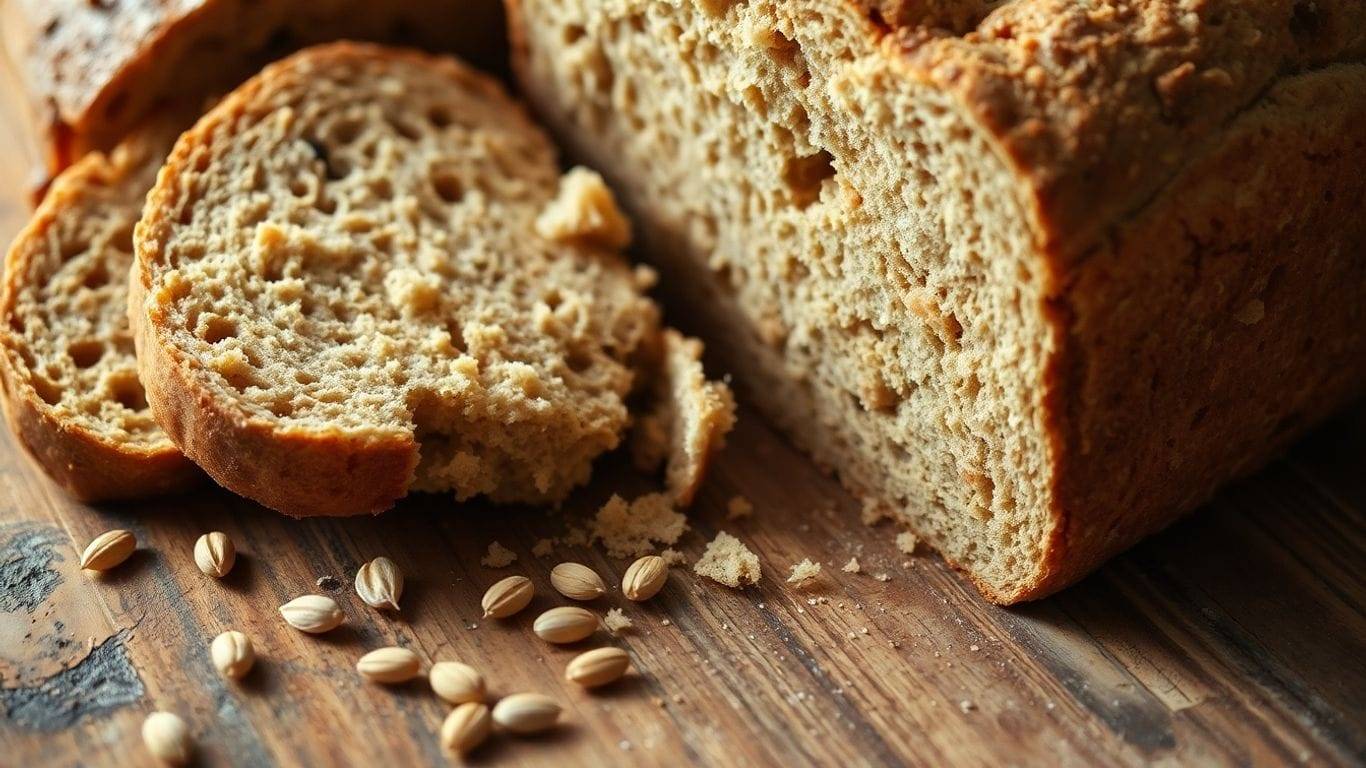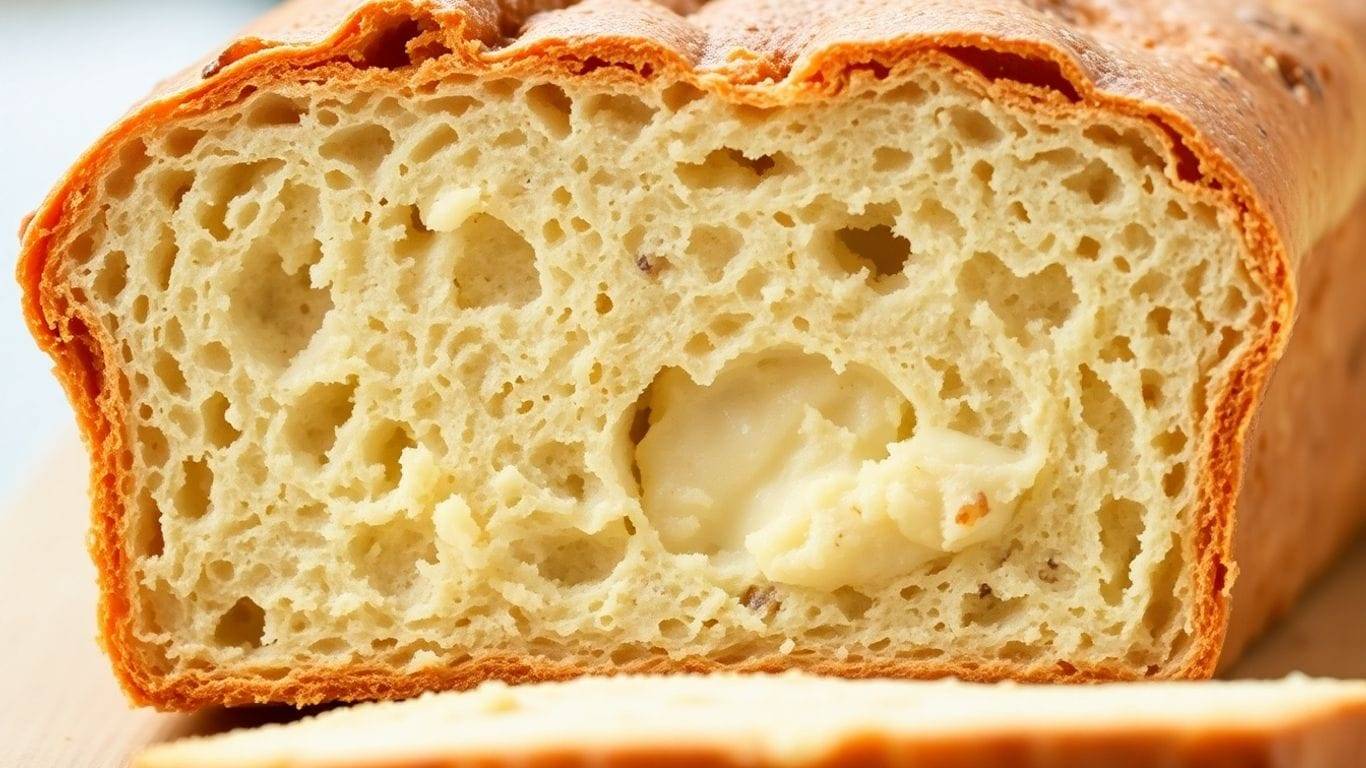|
Good morning. The "slime" in your psyllium husk bread is actually the same gel network that makes gluten-free baking possible. Psyllium husk has become the gold standard binder for restricted diets, creating structure and elasticity that lets bread rise and hold its shape. Whether you're navigating gluten-free, egg-free, or vegan baking, understanding how to work with psyllium can transform your results from gummy disasters to bakery-quality loaves.
In today's newsletter:
- Mastering Psyllium Gel: Understanding the right ratios, baking times, and cooling techniques to prevent gummy texture
- Science Corner: Why psyllium creates both perfect structure and dreaded slime, and how to control it
- Weekly Crossword
Still wasting hours searching for gluten-free recipes that actually work?
Our Recipe Fast Pass gives you instant access to ALL of our gluten-free recipes — tested, perfected, and guaranteed to turn out right the first time.
✅ No more random Pinterest flops
✅ No weird ingredients you’ll never use again
✅ Every recipe tested and rated by real gluten-free bakers
These are the same recipes 300+ bakers rely on to bake confidently without endless trial and error.
Get the Recipe Fast Pass for $67, and skip straight to the recipes that never fail.
|
|
|
A MESSAGE FROM BAKINGSUBS
Sharing Our Favorite Newsletters With You!
Today we're excited to share some of our favorite newsletters that we like to follow. If you're interested in fun recipes, baking tips, and more, please give these creators a follow!
|
|
Kathlena, The Allergy Chef
Kathlena provides support, resources, recipes, inspiration and more. She helps people managing food allergies, food intolerance, Celiac Disease, special diets such as Paleo, Vegan, and GAPs, and more. If you have a restricted diet, Kathlena is here to help you thrive. |
|
Create Mindfully - 🌱 Vegan Gluten Free Recipes
by Willow Moon
Namaste, I'm Willow Moon. I create quick and easy vegan and gluten-free recipes; from comforting classics and decadent desserts to healthy colorful meals. |
|
The Healthy Scoop Digest
Nourishment, balance, and everyday wellness.
We’re entrepreneurs with a big love for food—and just like you, we’re always looking for ways to make healthier choices without giving up the flavors we enjoy. Every day, we’re learning, experimenting, and finding little swaps that make life feel better. Through The Healthy Scoop Digest, we share what’s working for us in the hopes it helps you too—because we’re all on this journey together. |
The Mystery of Gummy Psyllium Bread
We've all heard the horror stories from gluten-free bakers: beautiful loaves that look perfect on the outside but slice into a gummy, almost slimy mess. After diving deep into the science and testing methods from professional kitchens, we discovered something surprising: that dreaded slime isn't a flaw, it's psyllium doing exactly what it's supposed to do. The gel that forms when psyllium meets water is what gives gluten-free bread its structure and ability to rise. The real problem? We're often using too much of it, not baking long enough, or cutting into our loaves way too soon.
Think of psyllium as a molecular sponge that can absorb up to 20 times its weight in water, creating an elastic network that traps gas bubbles during rising. This is brilliant for gluten-free baking, but here's where things go sideways: once you pass about 5-6 grams of psyllium per 100 grams of flour (roughly 1-2 teaspoons per cup), you've crossed into gummy territory. The gel becomes too dense, too tight, and unlike gluten, which changes during baking, psyllium's gel structure stays largely intact through the heat. Add to this that psyllium powder creates a much tighter gel than whole husks, if you're substituting powder for husks, use only 85% of the amount called for.
Getting the Bake Right
The single biggest game-changer we found? Temperature. Your psyllium bread needs to reach 205-210°F internally, no exceptions. This often means baking for what feels like forever; America's Test Kitchen clocks its sandwich bread at 90 minutes. Yes, the outside will look done after 45 minutes, but the inside is still a gel prison waiting to set properly. Many successful bakers swear by the low-and-slow method: 275°F for 75 minutes in the pan, then another 15 minutes directly on the oven rack. This gentle approach ensures the interior fully cooks without burning the crust.
But here's the part that might kill you with anticipation: after all that baking, you absolutely cannot slice into your bread for at least two hours, preferably four. We know, the smell is incredible, the loaf looks perfect, but cutting it warm guarantees that gummy texture everyone complains about. The gel structure continues setting as it cools, and steam needs to escape for the crumb to develop properly. Consider it the final, crucial step in the baking process, not just cooling down.
Simple Tricks That Actually Work
One unexpected discovery from our research was the acid trick. Adding a tablespoon or two of apple cider vinegar or lemon juice to your dough doesn't just prevent that weird purple color some psyllium can cause; it actually helps break down the gel structure slightly, reducing gumminess. The acid completely bakes off, leaving no taste behind, while improving both rise and shelf life. Nearly every successful psyllium bread recipe from professional developers includes this step.
If psyllium just isn't working for you despite your best efforts, the most successful alternative we found is a combination approach. Instead of ditching psyllium entirely, reduce it slightly and add ground flax or chia. A mix of 75% psyllium with 25% flax creates a more tender crumb without sacrificing structure. Flax alone can work as a 1:1 substitute by weight, though your loaves won't rise quite as tall. The truth is, once you understand that psyllium's "slime" is actually your friend and that proper baking temperature, cooling time, and ratios are what make or break your bread, you'll find yourself turning out loaves that rival any bakery. Those horror stories about gummy bread? They're just under-baked, over-psylliumed loaves that got sliced too soon; mistakes we've all made, and now know exactly how to avoid.
|
Articles From This Week

Gluten-Free Bread Too Crumbly? Here's Why (And How to Fix It)
Is your gluten-free bread crumbly? Discover why and get friendly tips to fix it, from flour blends to binders. Bake perfect loaves!
Continue reading →
|
|

Why Is My Gluten Free Bread Gummy in the Middle? (7 Common Mistakes)
If your gluten-free bread is gummy, then you need help understanding these 7 common mistakes, from baking time to flour blends, and learn how to achieve a perfect loaf every time!
Continue reading →
|
Check Out This Week's Crossword
|
When you're ready, here's how we can help:
See You in the Next One!
Have a substitution you want us to cover? Have you seen any amazing recipes that use substitutions recently? Send them all our way, and we might include them in an upcoming newsletter!
✌️
|
| How did you like today's newsletter? |
|
|
|
|
|
|
|